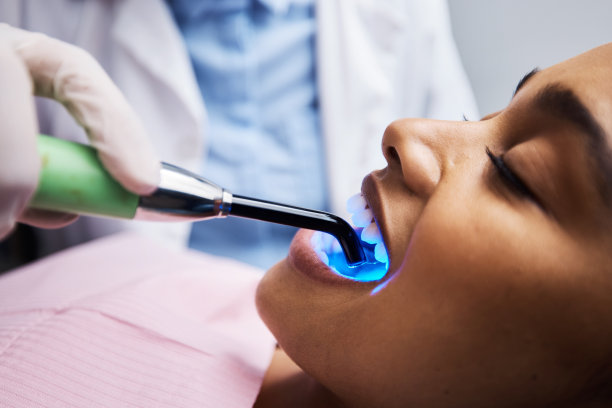Navigating the Experience of Extracting a Tooth from Preparation to Post-Procedure Care for Optimal Recovery
Summary: Extracting a tooth is a significant dental procedure that requires careful preparation, execution, and aftercare to ensure optimal recovery. This article takes a deep dive into the journey of tooth extraction, encompassing the essential aspects of preparing for the procedure, understanding the extraction process itself, managing immediate post-procedure care, and following through with long-term recovery strategies. By outlining these four critical dimensions, individuals can equip themselves with the knowledge needed to navigate this experience confidently and effectively, ensuring a smooth recovery and minimizing complications.
1. Preparing for Tooth Extraction Surgery

The importance of proper preparation for tooth extraction cannot be overstated. Before the procedure, scheduling a consultation with your dentist is crucial to discuss any concerns you have and understand what the process entails. This initial meeting also allows the dentist to review your medical history and any medications you are currently taking.
Moreover, its essential to follow any pre-operative instructions given by your dentist. This can include fasting before surgery if sedation will be used. Additionally, arranging for a ride home after the procedure is advisable, as youll likely still be feeling the effects of anesthesia.
Nourishing your body with healthy food and staying hydrated in the days leading up to the appointment can positively impact your overall health and recovery potential. Being well-rested will also help you stay calm on the day of the procedure.
2. Understanding the Extraction Procedure Itself
The extraction procedure begins in the dental office, where the dentist will administer local anesthesia to numb the area surrounding the tooth. Depending on the complexity of the extraction, sedation dentistry may also be offered for added comfort. Its crucial to remain calm and communicate any discomfort to the dental team throughout the procedure.
Once you are numb, the dentist will gently loosen the tooth using specialized tools before carefully removing it from the socket. If the tooth is impacted or requires surgical intervention, additional steps will be taken to ensure safe removal. The entire process usually takes less than an hour, but preparation and aftercare are vital for a seamless experience.
Finally, once the procedure is complete, your dentist will provide you with clear instructions on how to care for your mouth during the initial healing phase. This information typically includes details about managing pain and swelling and what to expect afterward.
3. Immediate Post-Procedure Care for Recovery
Post-procedure care is a critical component of the recovery journey. Right after the extraction, it is common to experience bleeding, but it should be minimal. A gauze pad will be placed on the extraction site to help stop the bleeding, and its essential to follow your dentist’s directions on when to change it.
Managing pain and swelling effectively is another important aspect of immediate aftercare. Over-the-counter pain relievers like ibuprofen may be recommended, alongside ice packs applied to the outside of your cheek to reduce swelling. Remember to avoid strenuous activities for the first couple of days, allowing your body to heal without additional stress.
Additionally, its crucial to adhere to a soft-food diet during your initial recovery. Foods such as yogurt, applesauce, and mashed potatoes are ideal to help minimize irritation around the extraction area while providing necessary nourishment.
4. Long-Term Recovery and Follow-Up Care
Long-term care is just as significant as immediate post-procedure recovery. After a few days, you should begin to feel more comfortable, but it is essential to monitor the extraction site for any signs of infection, such as increased pain, swelling, or discharge. If you experience any concerns, its imperative to contact your dentist promptly.
Following this, your dentist will likely schedule a follow-up appointment to assess healing and remove stitches if necessary. This appointment allows for a more in-depth look at your recovery progress and ensures that everything is on track.
Finally, maintaining excellent oral hygiene during the recovery phase is essential. Carefully brushing your teeth and rinsing with warm salt water can help keep your mouth clean and promote healing. Avoiding tobacco and alcohol during this time will also significantly enhance your recovery experience.
Summary:
In conclusion, navigating the experience of extracting a tooth involves various stages, each requiring special attention for optimal recovery. From preparation through to long-term aftercare, both the patient and the dental team play vital roles in ensuring a successful outcome.
This article is compiled by Vickong Dental and the content is for reference only.


